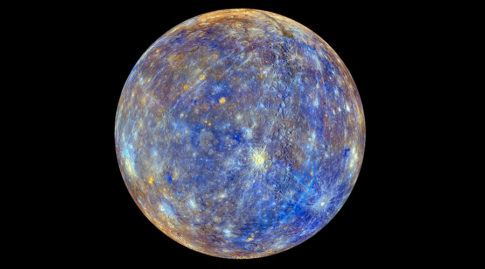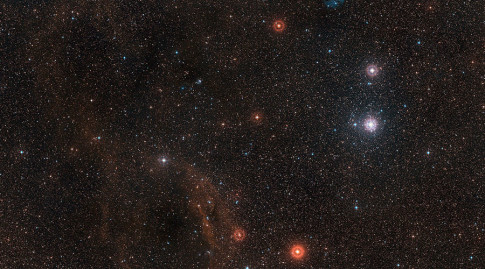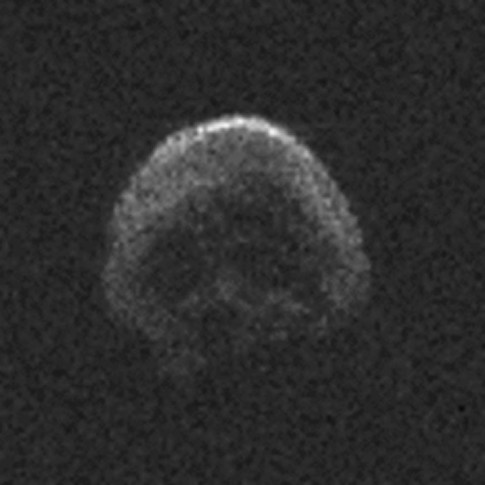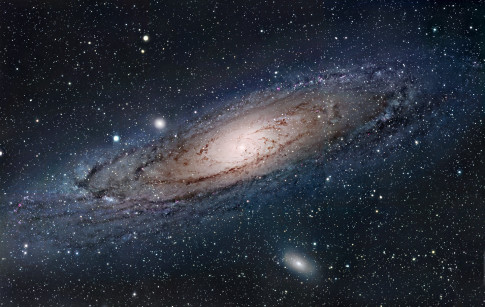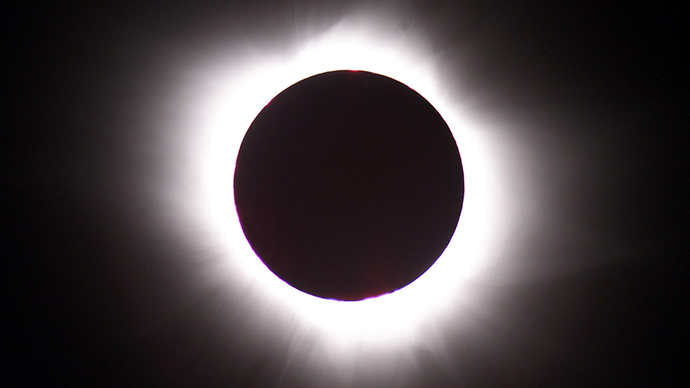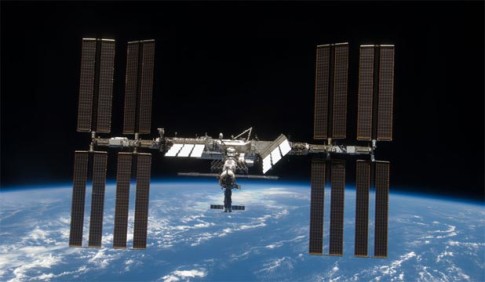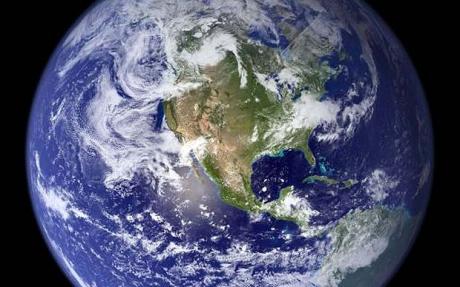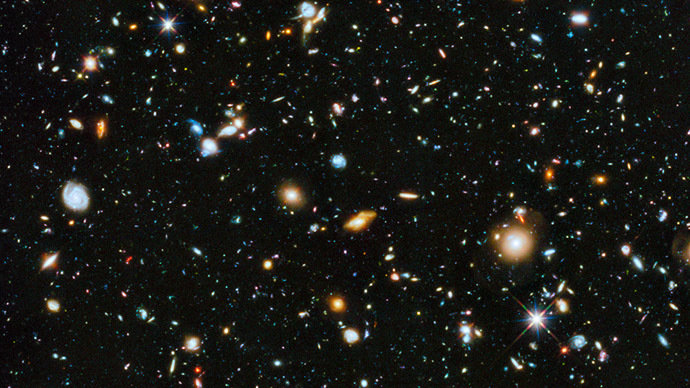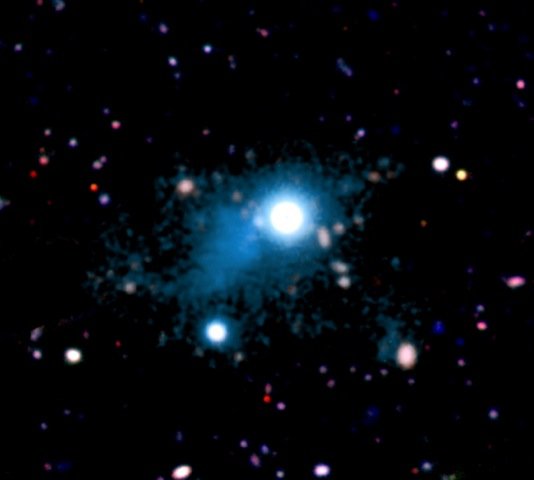
‘Planet Nine’ may have caused the solar system to tilt six degrees
– Mysterious ‘Ninth Planet’ may have caused entire solar system to tilt:
The hypothesised ‘Planet Nine’, which is believed to exist beyond Pluto, may have tilted the entire solar system, astronomers believe.
Earlier this year, scientists at the California Institute of Technology (Caltech) announced that a planet ten times the mass of Earth probably exists around 19 billion miles away. It was shown to exert such a huge influence on its region of space that it was dubbed ‘the most planety of all planets.’
Now the same team believes ‘Planet Nine’ is also responsible for one of the biggest mysteries in astronomy – why the solar system lies on a strange tilt.
All of the planets, including Earth, orbit in a flat plane with respect to the Sun. But that plane rotates on a six-degree angle with respect to the Sun’s equator, a misalignment which has left astronomers scratching their heads for decades.
Read moreMysterious ‘Planet Nine’ may have caused entire solar system to tilt
